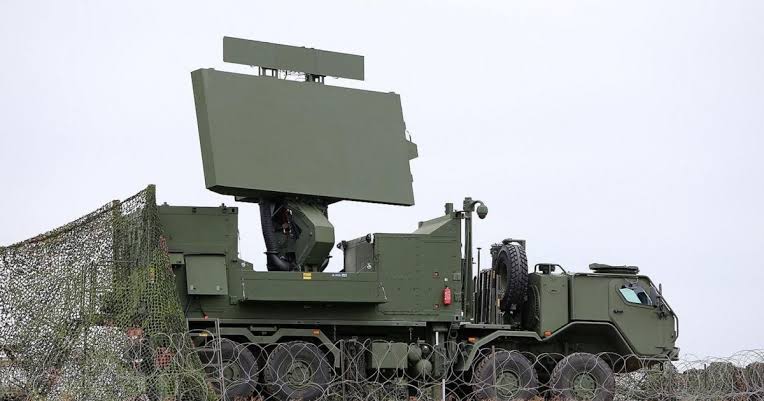The Indian Army’s early warning radar system played an important role in detecting and destroying enemy targets during recent hostilities. The radar system with long-range capability, successfully searched and detected enemy drones, UAVs, and aircraft.
“The radar you can see right behind me is an early warning radar of the air defence system, and this early warning radar is the most modern radar of today. This radar has long-range capability, which means that it has the ability to search and detect the enemy’s target from a long range. Due to its long range, it searched and detected all the enemy targets, be it a drone, a UAV or an aircraft, very well,” the Indian Army soldier told ANI on Monday.
The soldier further explained that the radar system passed target data to the fire controller, which then directed the attached weapon system to open effective fire, resulting in the destruction of the targets in mid-air.
“It passed the data of the target to the fire controller, and the weapon system attached to the fire control radar opened an effective fire on that particular target, due to which it was destroyed in the air itself. We detected their targets through those radars and destroyed them in the air through our weapon system before they could reach their destination.” the soldier said.
“Its success rate has been 100%, and it can be 101%, but it cannot be less than that. There is no doubt that if the enemy country dares to do something like this in the future, it will have to pay a lot more than this,” the soldier added.
The soldier recounted the loss faced by Pakistan due to this system, “Our army jammed their (Pakistan) air defence system, and they could not do anything, and due to this, they suffered heavy losses.”
Earlier in the day, an Indian Army major stated that the Indian Army’s ‘Akashteer’ system played the most important role in Operation Sindoor. The Akashteer system is a centrally automated command and control system integrated with air force and army radars.
Speaking to ANI, the Major said, “In our Operation Sindoor, ‘Akashteer’ system has played the most important role. This system is a centrally automated command and control system that is integrated with all the air forces and the army radars.”
“The enemy’s drones came to our locations in a very large number. At that time, our Akashteer system declared them as hostile, and according to their location, the nearest weapon system was designated that you have to destroy them. Due to which we effectively destroyed all the drones that came into our territory,” the Major said.
The Major lauded the system’s effectiveness, stating that it played a crucial role in achieving the mission’s objective of preventing the enemy from accomplishing their goals. “It was 100% effective. We destroyed all the drones and our mission and objective was not to let the enemy accomplish any of their objectives, we have been successful in it.” the Major added.
The Major highlighted the system’s indigenous origins, stating, “This system is made in India. It is helping us to destroy enemy drones and aircraft in a good way.”
Earlier, in a demonstration of India’s rising defence prowess, the Indian Army showcased the indigenous Akashteer system and upgraded L-70 Air Defence Guns, both of which played a decisive role in intercepting every missile and drone during Pakistan’s deadliest aerial assault on May 9-10.
Speaking to ANI about the upgraded air defence system’s competence, an L-70 Air Defence Gun operator said, “This gun system is very effective… We showed that we also have a system capable of destroying any target. It can track targets from a long distance and lock onto them. As soon as they enter the effective range, firing action is taken.”
The soldier added that the L-70 system achieved a 100 per cent success rate in destroying enemy drones during the conflict. “We destroyed all the drones. Its success rate is 100 per cent,” he said.
The soldier also expressed confidence in the Indian Army’s ability to respond to future aerial threats. “Even in the future, if the enemy country tries to attack us by sending drones, aircraft, or missiles, we will give them a befitting reply, and we have the capability to destroy them in the air itself…”
Meanwhile, Akashteer, India’s fully indigenous, automated Air Defence Control and Reporting System, which intercepted and neutralised every inbound projectile amid India-Pakistan hostilities, is no longer a concept confined to defence journals, but a sharp edge of India’s air defence. (ANI)








